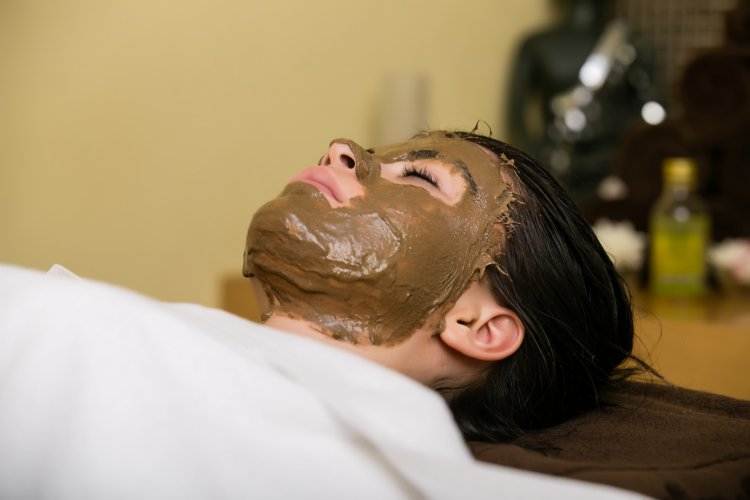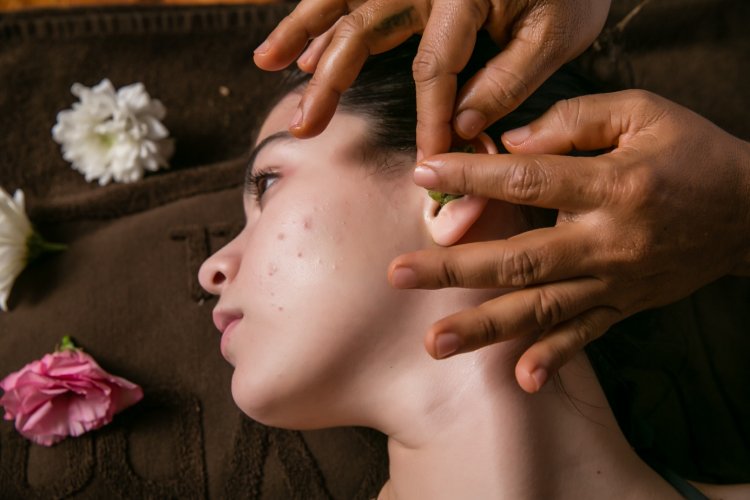In 1985, the World Health Organization recognized Ayurveda as the most effective alternative medicine. In a WHO report, special attention has been paid to the contribution of ayurvedic medicine to the prevention and treatment of various ailments only by natural means.
Traditional (conventional) medicine also has many advantages, as there are many diseases that require the intervention of modern medical technologies and the use of pharmaceutical products.
Here we are not going to oppose Ayurveda against traditional medicine, but on the contrary. We will try to look at their advantages and disadvantages as well as some practices to offer you a slightly clearer perspective (or at least some other point of view).
And so…
Imagine the following: You walk down the street, but suddenly you step up and break your leg. It is logical to seek urgent medical help from the closest traumatology, right?
Or you have a leaky appendix and you need an emergency surgery. Again, it's totally logical not to look for alternative medicine, but to go directly to the hospital's operating room.
In these and many other cases where life-saving actions need to be taken, when the disease has no other alternative to treatment and should be acted upon quickly and adequately, traditional medicine is the best solution for every reasonable person.
Conventional medicine offers good treatment of illnesses and has effective means of improving health.
Along with scientific advances in medicine, and pharmaceuticals develop and offer chemically synthesized drugs that work fast and efficiently.
Traditional medicine is extremely useful when you need:
* Emergency medical care and resuscitation;
* Surgery;
* Acute infectious diseases;
* Traumatology;
* Advanced diagnostics.
But …
Ayurveda, in turn, is a holistic system that relies on complex physical and mental treatment. At the core of Vedic philosophy is the understanding that any disease can be defeated if one takes care of finding balance within himself.
One of the basic principles in holistic medicine is the individual approach to the patient, exploring his / her peculiarities and finding a solution to the emerging imbalance in the body.
Ayurveda can be useful for:
* Chronic symptomatic diseases;
Diseases with unclear diagnosis;
* Psychosomatic diseases;
* Diseases that can not be cured with traditional (conventional) medicine;
* Need for rehabilitation;
* Overweight.
Traditional medicine approach
Traditional medicine seeks common in the symptoms and patients and applies the same, uniform treatment to all patients. The approach required in conventional medicine is rather analytical.
Just for example: You hurt your head and go to a conventional doctor. He will review you and, based on what you will tell him about his headache, will prescribe a medication that he prescribes to any other patient who has gone to him and shared the same symptoms as yours. You drink the medicine, but it does not help you. You go back to your doctor and he prescribes another headache medication that is similar to the previous one.
As a flaw in traditional medicine, this approach can be used to treat the diseases of individual patients based on common symptoms.
But each person is different and if any treatment has an effect, guarantee that the next with the same symptoms will have the same effect.

The basis of Vedic medicine is the understanding that any disease can be defeated if one takes care of finding balance within himself.
One of the basic principles in holistic medicine is the individual approach to the patient, exploring his / her peculiarities and finding a solution to the emerging imbalance in the body.
Again: You hurt your head and go to a Ayurvedic practitioner. Before you appoint a treatment, your doctor will conduct a peer-to-peer interview to get acquainted not only with the problem you went to, but also with your overall health. He will address you and your complaint individually, will conduct the so-called diagnostics to get to the heart of your complaint.
In other words, the medical approach in Ayurveda to each patient is individual and is built on physical parameters and mental health.
A little bit about Ayurveda
Ayurveda is an ancient Indian holistic system that views man as a unique set of MY and BODY. To be healthy, we must live in harmony with nature and ourselves. Stress, depressed feelings and emotions, improper nutrition and life, inadequate rest, urban environment, violate this harmony and are the basis of many ailments.
To restore harmony, one has to regain balance within himself. Therefore, Ayurveda's main task is to ensure that this balance is restored both physically and mentally.
How does the Vedic medicine cure?
At the heart of ancient holistic medicine are 5 elements – ether, earth, air, water and fire. These elements are the beginning of ALL. They make up everything around us, they are in the universe, in our bodies … there is nothing in which these 5 primary elements are not found.
In our bodies, these elements combine and form Doshi. Depending on which Dosa dominates (Vata, Pita or Kafa), we define our physical and mental characteristics. Each of us brings our energies from the moment of our birth, but they happen to be debalancing and then there is an imbalance in our bodies which leads to the emergence of diseases.
Ayurveda does not cure the symptoms, but removes the underlying cause of the disease by balancing the benefits.
Treatment (balance) is done by various methods depending on the patient's complaints, but various ayurvedic therapies or procedures are often used to balance energy and health.

* Pijichil
In this therapy, hot oil herbal tinctures are applied throughout the body. The massage lasts between 60 and 90 minutes and is good for 7 to 12 days. This method is very useful for the treatment of rheumatic diseases, nervous problems and others.
* Navarraci
This therapy promotes sweating and can be performed on both the entire body and individual parts. It runs in two stages, in the first stage the patient's body is rubbed with a special oil, and in the second stage, with the help of cotton bags filled with healing herbs, the Marmara points are massaged (the places where the important nerve endings are located). Navarraki therapy lasts about 30 minutes and is very effective for treating rheumatic diseases, some types of skin diseases, elevated cholesterol.
* Shirodara
Therapy is applied to achieve emotional and physical balance. A thin juncture of warm herbal oil is poured onto the patient's brow, and at the same time makes a gentle massage on the head, neck and shoulders. Shirodara is used to treat insomnia, headaches, some types of amnesia, skin diseases, stress.
* Manja Vasti
Therapy helps in diseases of the cervical vertebrae such as discopathy, stiff muscles and others.
* Widths
In this therapy, using a cap, a special oil is placed on the patient's head. Therapy is highly effective in treating paralysis of the face, dryness in the nostrils, mouth and throat, headache and other diseases caused by excess Bata dosha.
* Pirtmarza Nasyam
Therapy proceeds as a healing oil is placed in the patient's nostrils. Prismarza Nasam has a very good detoxifying effect and helps treat diseases of the eyes, ears, nose and others.
The therapies and procedures in Ayurveda are very different and each is designed to treat patients only after a diagnosis has been made and the cause of the imbalance is discovered.
There is another fundamental difference between traditional and alternative medicine and it is in the medicinal products and preparations that are used.

Unlike conventional medicine, Ayurveda uses a completely different treatment mechanism, using multi-component herbs, healing oils and tinctures. Homeopathic products penetrate gently through the cell membrane and reach their destination without encountering resistance from the body. Using only extracts of medicinal herbs, no extra toxins accumulate in the body and the treatment goes much faster.
Because of the usefulness of alternative treatment of some diseases as well as of the homeopathic remedies Ayurveda has used, in recent years, many traditional medicine doctors have shown interest in the methods of treatment in Vedic Science and are of the opinion that both treatments To be mutually beneficial when it comes to human health and longevity.
Different approaches and one goal – human well-being
As you can see, to oppose traditional and alternative medicine is not only impossible but also unnecessary. Both forms of treatment have both their advantages and their disadvantages. Their philosophies are different, the ways of healing too, but the purpose is more important. And it is to be in the service of our health!


0 Comments